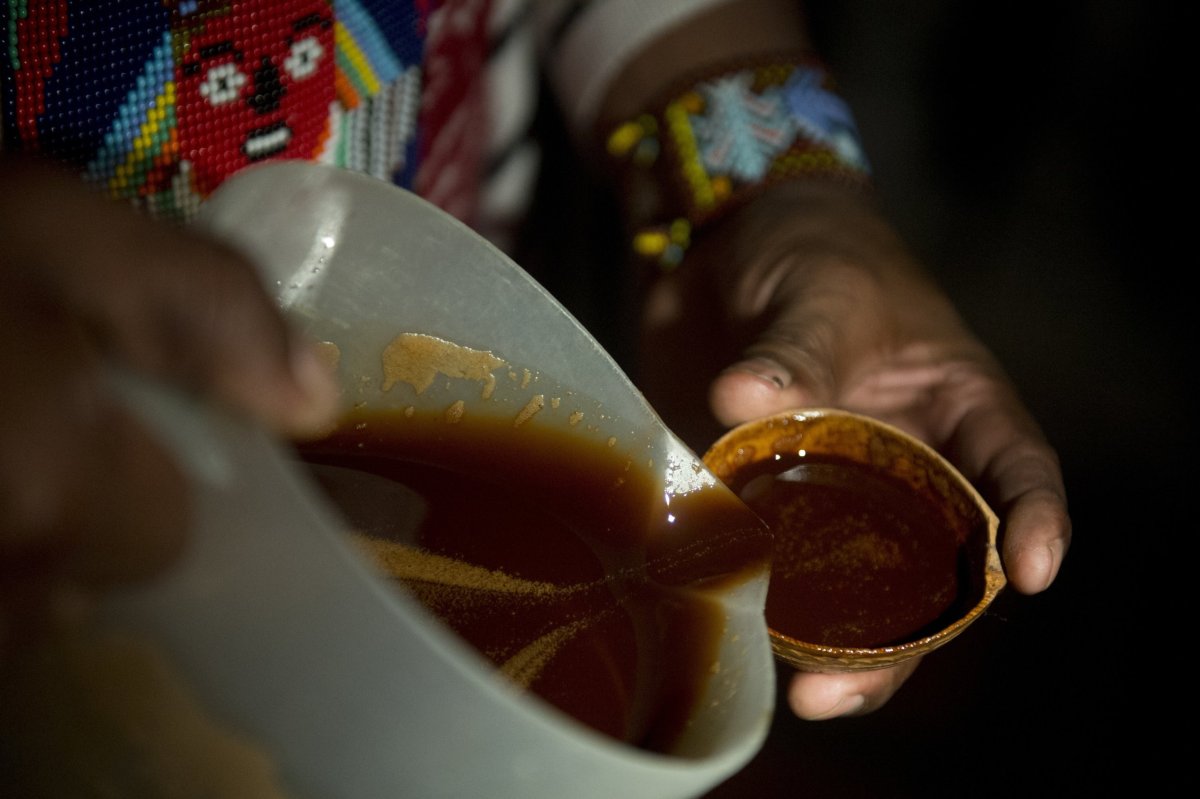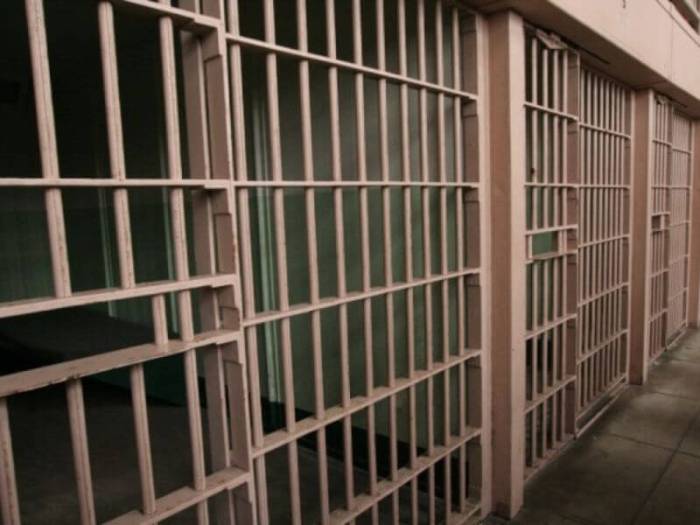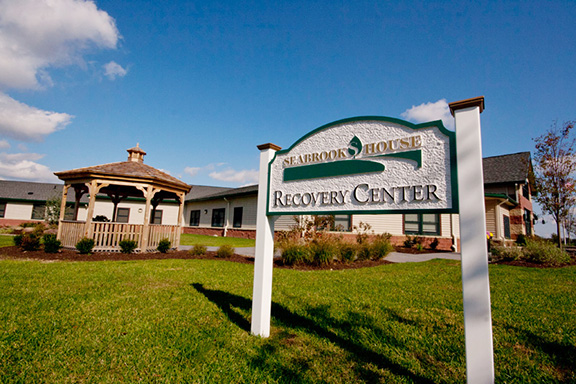Over the past two decades, the Amazon rainforest has seen a steady rise in young, Western travelers in search of a spiritual awakening in the form of ayahuasca. But as global demand for the hallucinogenic tea said to have curative properties soars, tourism is threatening to dismantle an ancient tradition. Ayahuasca is an Amazon medicine brewed into an herbal tea made from a rare vine found only in the thickest areas of the rainforest. The experience, which lasts from four to six hours, sends people on a journey of mind and body. Visions of God are common, as is intense vomiting. The ayahuasca ceremony, which is traditionally overseen by an indigenous shaman, has seen an explosive rise with tens of thousands of tourists visiting what is known as the Ayahuasca trail in Peru and Columbia every year, a BBC report concluded. “Tourism overall in Colombia has seen a meteoric rise alongside the government’s efforts to demobilize left-wing rebels after decades of conflict,” the report stated. “The number of international tourists to Colombia increased from 547,000 in 2002 to 2,175,000 in 2012, according to the World Tourism Organization.” The herbal tea, made popular by celebrities like Sting and Lindsay Lohan, who rave about its spiritual properties has attracted more and more millennials in search of enlightenment and in some cases a high. This increase in interest is a dangerous trend in the region were the vine used to make ayahuasca is now at rise of eradication, VICE reported. In parts of Peru the price of the vine has tripled in the last seven years to $250 a liter.
“The sacred art of Indians has been transformed into entertainment, Moses Pianko, a member of the Ashaninka tribe of northern Brazil told VICE at the 2016 World Ayahuasca Conference in Rio Branco, Brazil. In Peru there is little regulation of either the vine or the brewing of ayahuasca. While by law it should only be ingested during an orchestrated ceremony, there is reportedly little oversight.
An estimated 40 to 100 retreat centers specializing in ayahuasca ceremonies now exist in the region, many owned by white Westerners with little or no affiliation with local tribes. The vine, once abundant through the region, now takes days to find. Tribes are worried if untrained shamans continue to deliver subpar ceremonies, which have resulted in the deaths of at least three Western teens in recent years, it could face a ban.
Millennials boost Columbia tourism in search for hallucinogenic plant

Getty Images


















